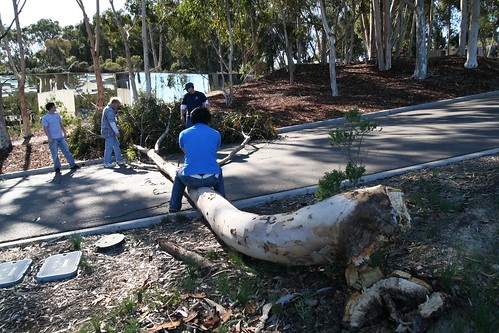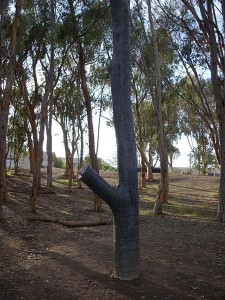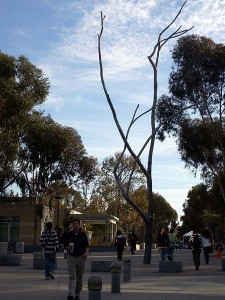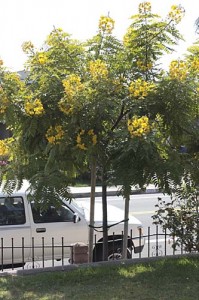An annual work conference takes me to various cities around the country. Some cities have been amazingly cool centers of human civilization, but most others are places that had never been high on my bucket list. Really, I’m going for the conference, and the city is just set dressing. But the trips is a good excuse to get vaguely acquainted with–and sometimes be pleasantly surprised–by the background city.
So…Dallas…
The landscape between the airport and the conference hotel is a pretty bland ooze of industrial housing, strip malls and the occasional mega-church, all interspersed with flat-to-rolling terrain that looked scraped clean of anything resembling like nature. One of my fellow conferees looked at the surroundings, appraised it. “Tornado country,” as if that might actually be the best fate for it.
If you’re able to switch on the selective amnesia and forget about the ride into town, however, the immediate setting of the conference, in a hotel adjacent to the Arts District, was actually a pretty pleasant and interesting place.
This being downtown, most plant-life comes served to you on a tray or in a dish.
Other things also come on plates. This is a hazy, out-of-focus remembrance of dessert, a kulfi “ice cream sandwich,” at the most interesting restaurant I had a chance to sample, Samar.
Back outdoors, back to nature-on-a-plate, planters outside the Dallas Art Museum, in front of Muguel Covarrubias’ glass mosaic from 1954, The Gift of Life. The perfect artwork for a gray day in a gray downtown.
A new museum going up, almost ready to open, the Perot Musuem of Nature and Science. Its architect is Thom Mayne, whose “Death Star” building erected for CalTrans in downtown LA (below) bears more than a passing resemblance to this building…
 (Photo by Magnus Manske, from the Wikimedia Commons.)
(Photo by Magnus Manske, from the Wikimedia Commons.)
A few places had grass around them–and even trees.
This being downtown it wasn’t enough for trees to have branches and bear cooling leaves for the summertime. They also had to light up. This is one of a a bunch of trees I ran across that were thoroughly wired.
And another one…
(Add pigeons…)
The quality of light in a downtown area is always a tad strange. You’d never guess that the sun was straight ahead on the other side of the building when I took this. The light and shadow comes courtesy of the reflection off the glass-walled office building behind me reflecting the sun back towards itself.
Pointy shadows, gumdrop prune-jobs…
(Subtract the pointy shadows…)
The twin gods that preside over Dallas…
Window washers, presiding over Dallas.
The old, with the new rising far behind it.
Thank the shopping gods for these: Jonathan Cross vessels for sale at the gift shop of the Dallas Art Museum. There was no space in my carry-on for anything, even these compact little vessels. Wah. They’re almost too cool to consider adding a plant to them.


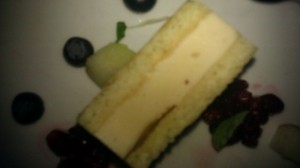
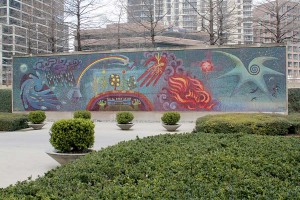
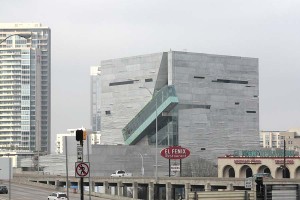
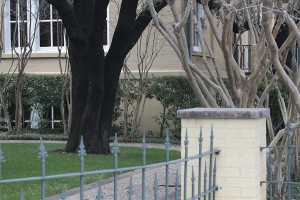


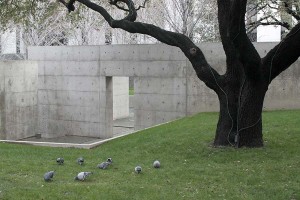
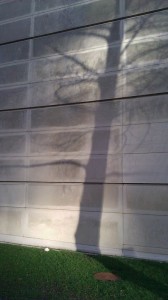
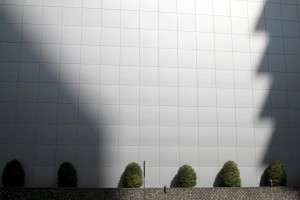
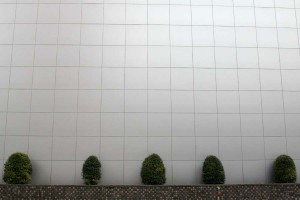
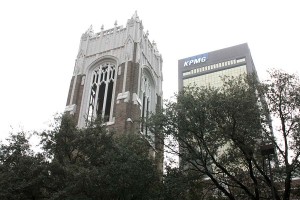


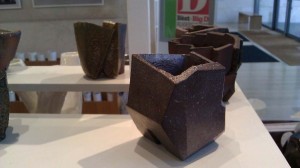

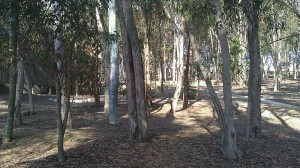
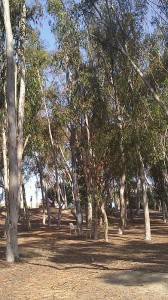
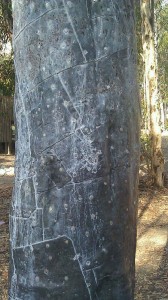
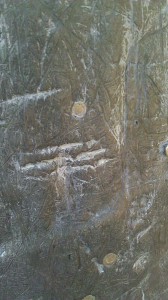




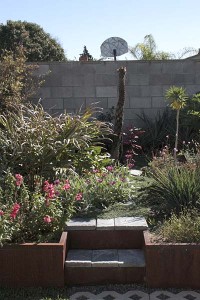
 Black peppermint willow (a.k.a. Australian myrtle willow), Agonis flexuosa ‘Jervis Bay Afterdark’
Black peppermint willow (a.k.a. Australian myrtle willow), Agonis flexuosa ‘Jervis Bay Afterdark’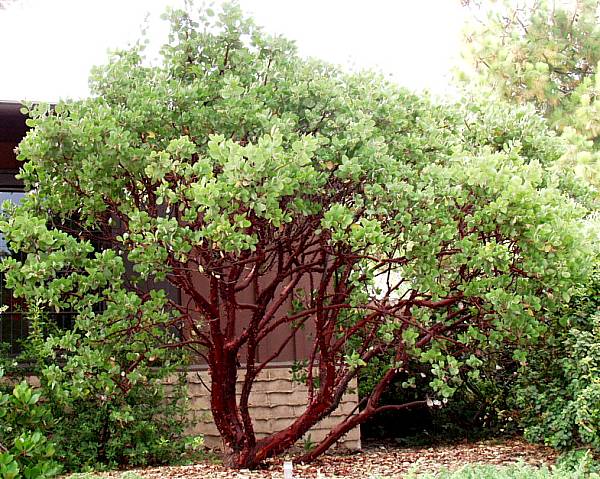 Dr. Hurd manzanita, Arctostaphylos x ‘Dr. Hurd’
Dr. Hurd manzanita, Arctostaphylos x ‘Dr. Hurd’